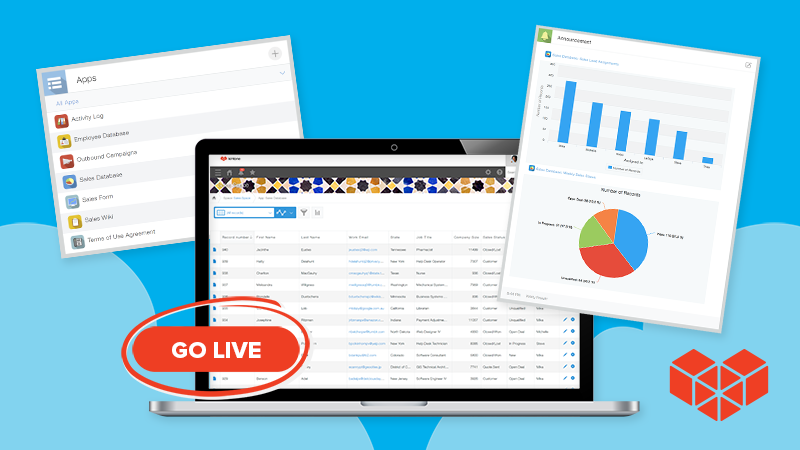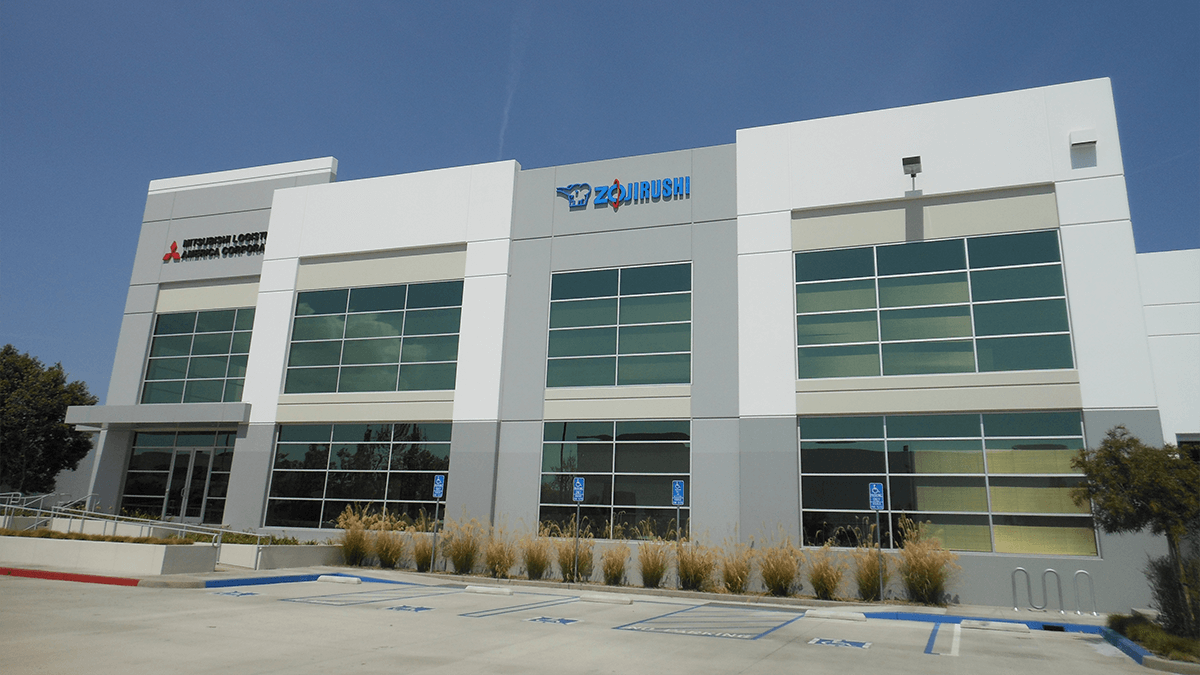When purchasing a new piece of technology for your team or the whole organization, you need a strong business case proving the tool’s effectiveness. As attractive as new technology can be, it comes with the cost of time and money. That’s why effective organizations simulate the return of investment (ROI) and value prior to purchasing new technology.
The ROI for technology depends on each customer’s case and is sometimes difficult to simulate depending on what you wants to know. Your goal might be monetary benefits, such as revenue, or earn values such as speed, efficiency, and data visibility.
Ultimately, outlining the ROI will make purchases more appealing to your boss and decision makers and ensure that your company is investing wisely.
How do you calculate your ROI?
Revenue and speed/efficiency are some of two of the most common key values companies consider when purchasing a new technology. Here are two formulas to determine them:
Estimate the ROI for revenue:
ROI = (Gain of Investment) - (Cost of Investment) / (Cost of Investment)
Estimate the ROI for speed and efficiency:
ROI = (Cost Savings of Investment) - (Cost of Investment) / (Cost of Investment)
Another important factor is data visibility, but measuring that has its own unique challenges.
It shouldn’t take you a lifetime to see if your purchase was worth it.
There are two key factors that come into play when adopting technology: understanding how to evaluate value prior to purchase and being able to measure value after purchase. If you purchase a piece of technology but have no way to assess (or simply don’t lay out a strategy to track your ROI), you might end up with limited to zero visibility on a technology’s value to your bottom line.
This can lead to a lack of clarity about the true value of a piece of technology, which in turn makes you susceptible to the sunk cost fallacy: the longer you use and invest in it, the more obligated you feel to stick with it even if it doesn’t offer any real benefit to your goals.
A company that makes your ROI a priority
At Kintone, we help our companies measure their ROI in order to give them the information they need to make the best choice for their needs. Not only does measuring ROI help companies make a decision, it also helps our platform users a realistic idea of what to expect when they start using Kintone.
Calculating your ROI with Kintone
For companies in the research and investigation phase, our free ROI calculator gives you the ability to check Kintone’s ROI based on five key factors. We also offer several ROI Kintone-use benchmarks customers use to evaluate their progress:
- Our customers see improved workflows within four months of purchasing Kintone
- It takes around the same amount of time (four months) to get a return on investment
- On average, our customers take only 30 days to go live with Kintone
ALSO: View the full G2 report comparing Kintone and Quickbase.
Here are what Kintone users say about their return on investment:
1. A-B Emblem
This 200-year old manufacturing company of emblems, patches, and insignia for companies around the world faced a workflow problem. Although A-B Emblem shifted from paper-based processes to Excel, Outlook, QuickBooks, and a variety of other tools, the new process couldn’t handle the volume at which they were doing business. They looked for a more customizable and centralized solution and found Kintone.
"I ended up working with my colleague to build a solution in Kintone that solved her problem. It took about a couple days to do, but the result was fantastic. What took her three days to do in our original software took her three minutes in Kintone. It was a breakthrough.....We estimate Kintone reduced our overhead by 50 percent. We had a lot of duplicate steps in our original workflow process, and Kintone completely eliminated those redundancies."
- Heather Johnson, Compliance Officer of AB Emblem
2. Shiseido
This global beauty product company faced a serious set of business problems related to data, including difficulty maintaining IBM Notes systems due to a lack of engineers, which led them to their breaking point of using multiple Excel files to track and manage research. Shiseido replaced their IBM Notes system and Excel spreadsheets with Kintone.
“It took more than 30 hours to collect Excel files from each team and combine them into one Excel file, but now each entry from a team is added directly to Kintone, so the work time for the collection has been reduced to zero.”
- Maruyama, Research and Planning Promotion Group Manager at Shiseido
3. LEAGLE
This B2B services provider that helps other companies expand into the APAC market relied on a combination of Salesforce and Excel sheets to manage its operations, sales support, and customer management. When they found that Salesforce could not handle the level of customization and accessibility they needed despite the high subscription cost and supplemental spreadsheets, they turned to Kintone for answers.
"[With Kintone], I could come up with better solutions to client problems I might never have considered in Salesforce...We reduced the number of working hours spent doing calculations by 400 hours per year. [And] we reduced our overall cost to one-tenth of what it was with Salesforce.”
- Yutaro Noji, President of LEAGLE
Calculate Your ROI
Ready to see how much you could save by switching to Kintone? Calculate your ROI today and get a full report with the breakdown of the result! This report is based on our research of the most common challenges we’ve seen businesses face.
About the Author
Lena is the Marketing Strategist at Kintone. With her background working at one of the top business consulting firms, she understands how much data is important but can be a nightmare as well. That's why she loves it when new teams on-board Kintone and are able to save time and say good-bye to spreadsheet nightmares. She's very passionate growing the Kintone family as much as she loves Honey Lavender ice cream, her favorite!











